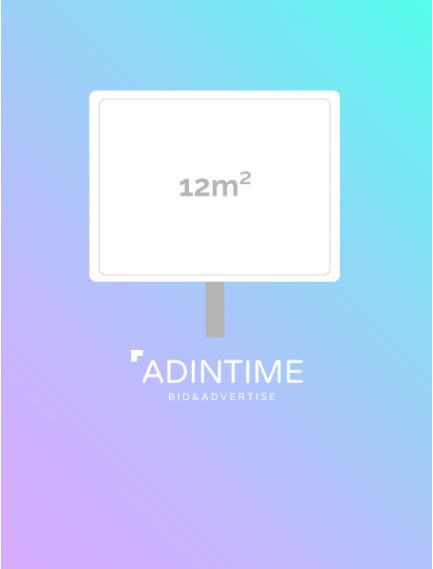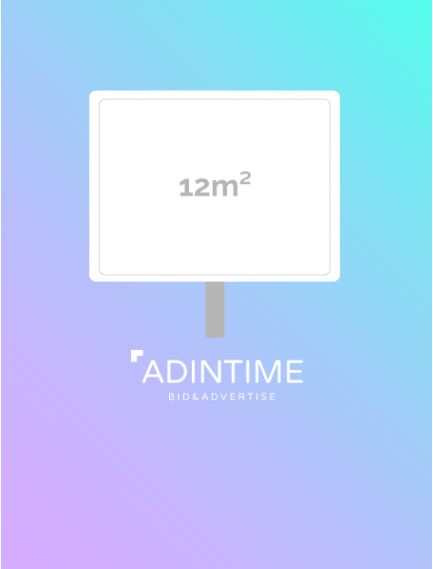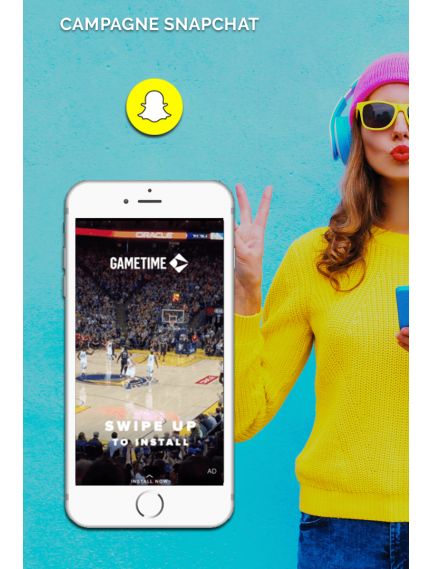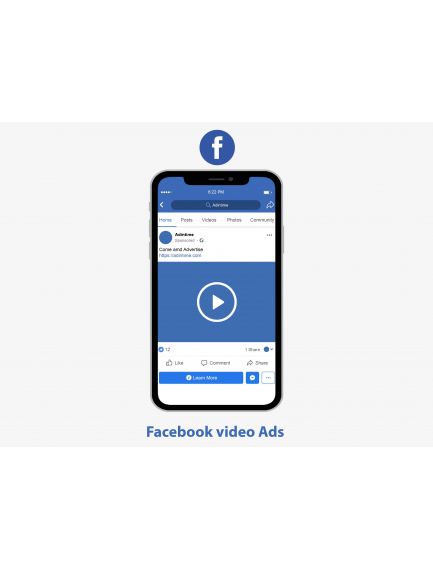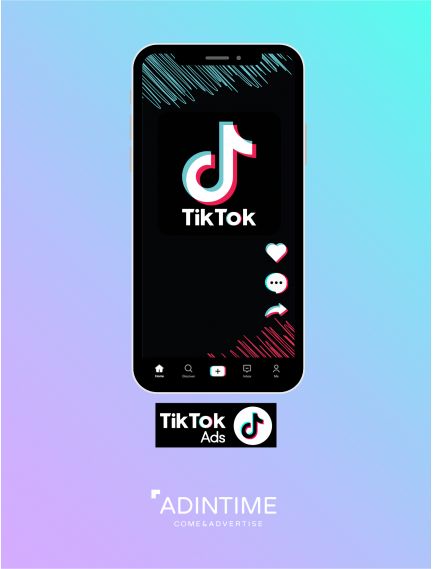The ecommerce conversion rate measures the percentage of visitors who complete a desired action on a website, such as a purchase or registration. It's a fundamental indicator for understanding whether your site is correctly converting your traffic into concrete results.
In this article, you'll learn how to calculate, analyze and improve your rate, with practical examples and advice tailored to the realities of SMEs.
What is the conversion rate and why is it essential in ecommerce?
The conversion rate is the proportion of your visitors who do exactly what you want them to do. This desired action may vary according to your objective: purchase, newsletter subscription, quote request or document download.
Let's take an example: if 1000 people visit your site and 50 buy, the conversion rate is 5%. It's a simple figure, but a revealing one. It shows you whether your advertising campaigns, product pages and customer journey are doing their job.
It's also a widely used indicator for monitoring a site's profitability, as it links traffic to sales.
For a company, this KPI is the link between visibility and performance. You can attract thousands of visitors by advertising on social networks or by buying advertising space in a well-known magazine. But if nobody buys, the problem isn't the audience, but the experience.
How to calculate the conversion rate?
The ecommerce conversion rate formula is simple:
(Number of conversions ÷ number of visitors) x 100
For example, if 800 visitors generated 24 orders, the rate is 3%. This measurement enables you to assess how well your e-commerce site is converting its traffic. It can be calculated globally or by traffic source, such as social networks or SEO.
To automate this tracking, the ideal solution is to use Google Analytics (GA4 version).
Here, you can define “events” such as additions to the shopping cart, orders or specific clicks. The tool helps you track the evolution of your rates over a given period, and compare the effectiveness of each campaign.
How to improve your ecommerce conversion rate without blowing your budget
Improving your conversion rate doesn't always require massive investment. It's often a sum of small optimizations that make all the difference.
Start by improving the user experience. This includes a clear design, an intuitive menu, a short ordering tunnel and a site that works perfectly on mobile. Loading time is also crucial: every second too long drives customers away. Google recommends less than 3 seconds.
Adding reassurance elements (customer reviews, payment logos, return conditions) also increases trust. And don't forget: your pages must be consistent with your campaigns. If you're launching an advert on social networks, the landing page must respond exactly to the promise of the advert.
Finally, test. Set up A/B tests on your call-to-action buttons, titles and images. A simple change of color or wording can boost your rate by several points.
The importance of customer reviews in conversion rate optimization
Customer reviews play a decisive role in the purchasing decision. Including authentic testimonials on your product sheets or sales pages can reassure visitors and remove conversion barriers. According to several studies, over 70% of consumers consult reviews before buying online.
Displaying ratings, verified reviews or real-life use cases reinforces the credibility of your offer.
To boost your e-commerce conversion rate, encourage your satisfied customers to share their experience, and highlight the most relevant reviews at the earliest stages of the purchasing process.
Payment methods, an underestimated lever for improving conversion rates
The choice of payment methods offered on an e-commerce site can strongly influence the purchasing decision. If a customer can't find their preferred payment method, they are likely to abandon their order.
Offering a wide range of payment options - credit card, PayPal, payment in instalments, digital wallet - reassures buyers and facilitates conversion. Transparency about any charges and payment security (SSL certificates, 3D Secure) also boost confidence.
Optimizing this critical step in the purchasing tunnel can boost your e-commerce conversion rate without any additional marketing effort.
What are the best conversion rates for different industries?
There is no universal best conversion rate. Each sector has its own standards, influenced by product type, customer behavior and sales channel.
Here are a few benchmarks (for guidance only):
- Fashion: 1.5 to 3
- Cosmetics: 2 to 3.5
- Electronics: 1 to 1.8
- Digital products: 3-6
- B2B: 0.5 to 1%.
But don't compare yourself blindly. The important thing is to progress in relation to yourself. Tracking your progress month by month, and by channel, will enable you to detect what's working and what needs to be improved.
How to link your advertising campaigns to your conversion rate
A high-profile advertising campaign in 2024 can generate a lot of traffic. But is this traffic profitable? That's where your ecommerce conversion rate comes in.
By linking your advertising spend to your business results via the marketing ROI calculation, you'll be able to know whether your campaign on local radio or Instagram has actually transformed. A good conversion rate means nothing if the audience isn't qualified. And conversely, well-targeted advertising can multiply your sales with few clicks.
To go one step further, conduct a campaign review after each action. Analyze marketing kpi such as click-through rate, bounce rate, conversion rate and average basket. These indicators will help you fine-tune your future investments, optimizing your purchases of advertising space towards the most profitable channels.
How to write a marketing strategy that improves your conversion rate
How do you write an effective marketing strategy when you're just starting out? It's a question that many SMEs ask themselves. It's not enough to be visible, you have to be consistent and convincing.
Your advertising message, your site and your offers all need to speak with one voice. If you promise “24-hour delivery” in your ad, make sure this promise is repeated on the landing page.
Integrate the ecommerce conversion rate into the design of your campaigns. Think about the desired action right from the start. What do you want the visitor to do? And have you made it obvious, simple and reassuring?
A good strategy is based on understanding your target, making your offer clear, and providing a seamless customer experience. These are the elements that turn a visitor into a loyal customer.




 Top 30 best ads musics
Top 30 best ads musics
 The influence of advertising on purchasing behavior
The influence of advertising on purchasing behavior
 Top of the most listened podcasts in France
Top of the most listened podcasts in France
 Top 30 best ads 2021 in France
Top 30 best ads 2021 in France
 This Year Marketing Calendar
This Year Marketing Calendar
 Facebook Ads Library: The ultimate guide to winning campaigns
Facebook Ads Library: The ultimate guide to winning campaigns
 How to prepare your advertising campaigns for Christmas?
How to prepare your advertising campaigns for Christmas?
 The top 20 ad films of the year
The top 20 ad films of the year
 Example of a unique selling proposition
Example of a unique selling proposition
 Advertising storyboard: how to structure your campaigns
Advertising storyboard: how to structure your campaigns
